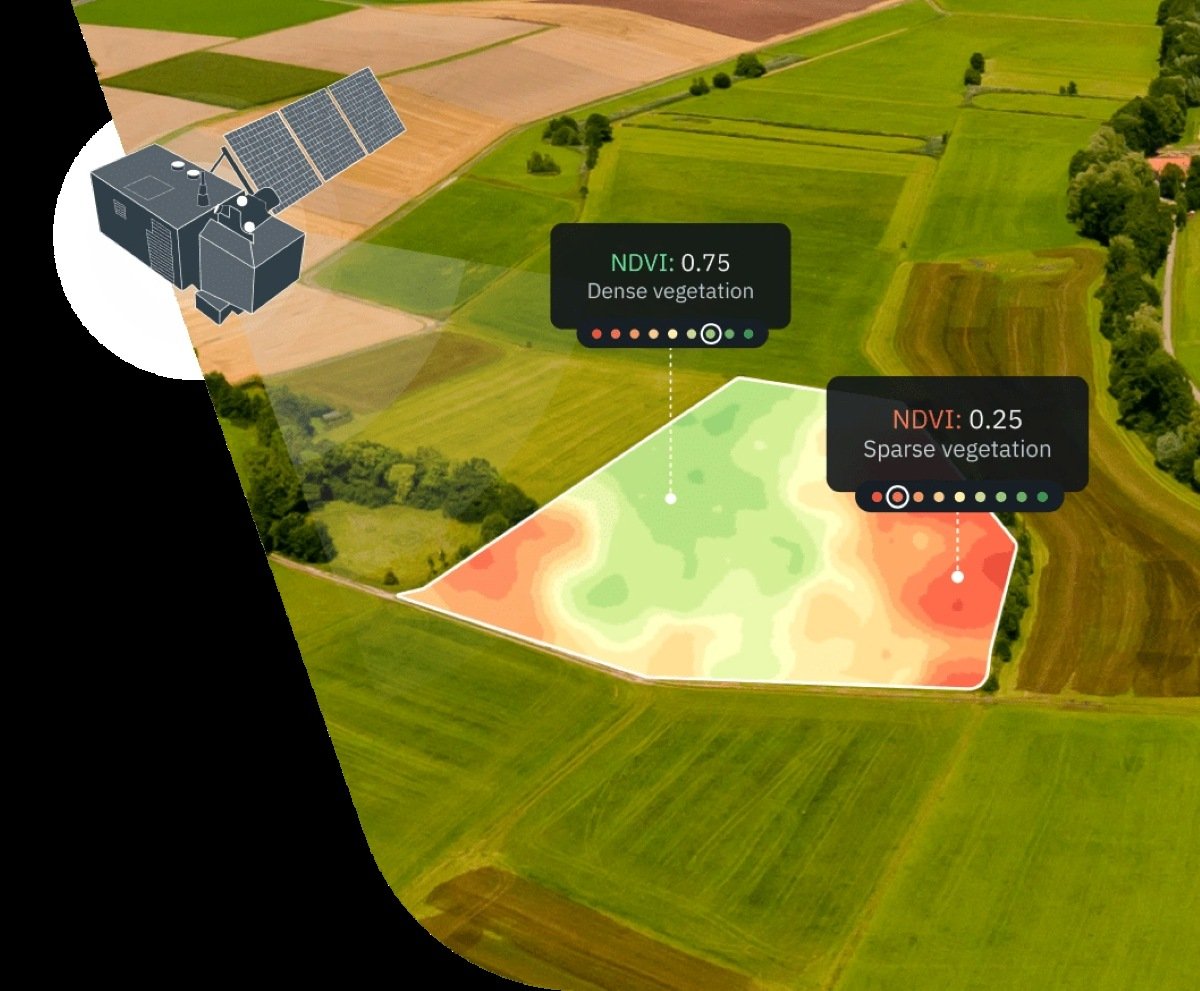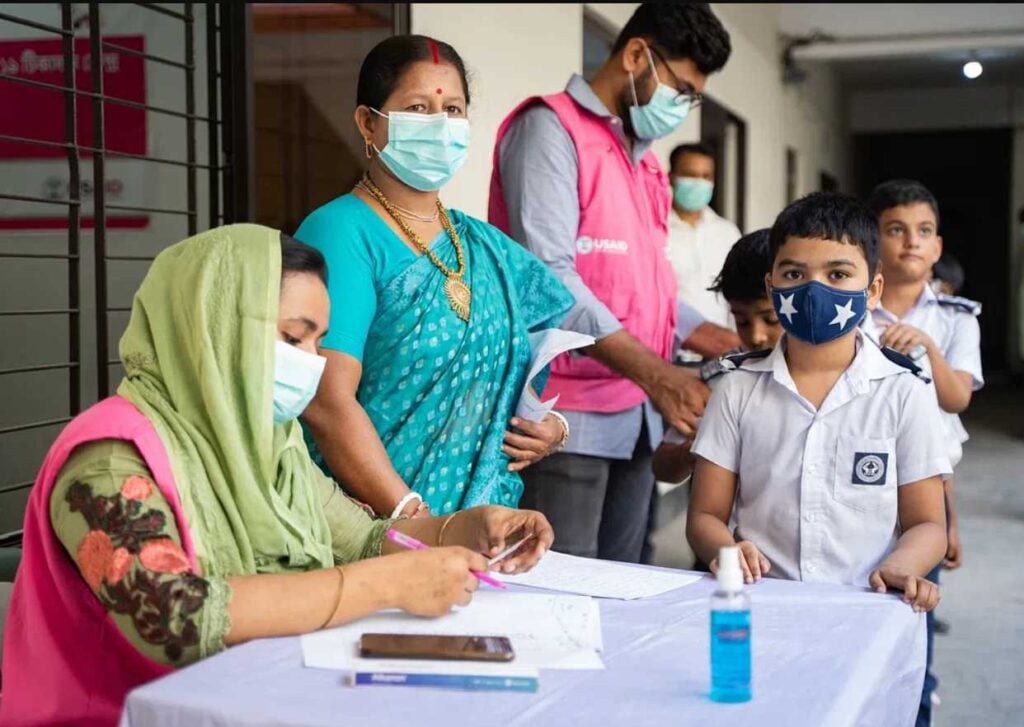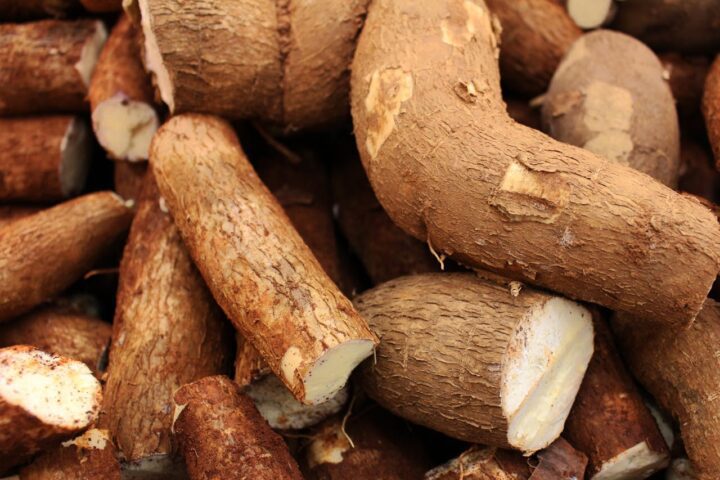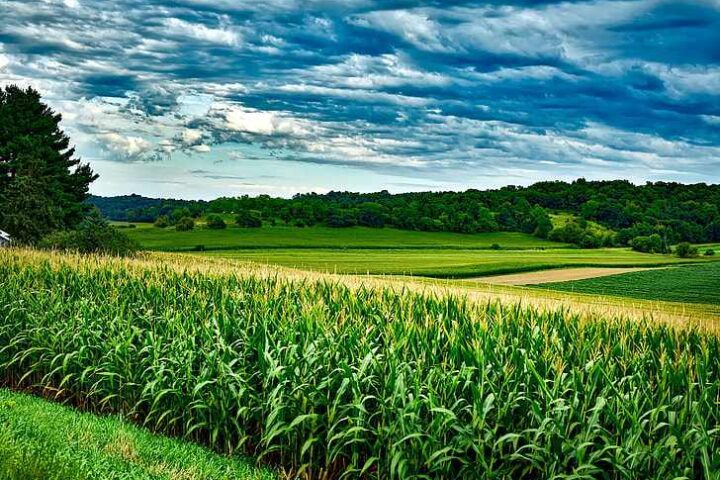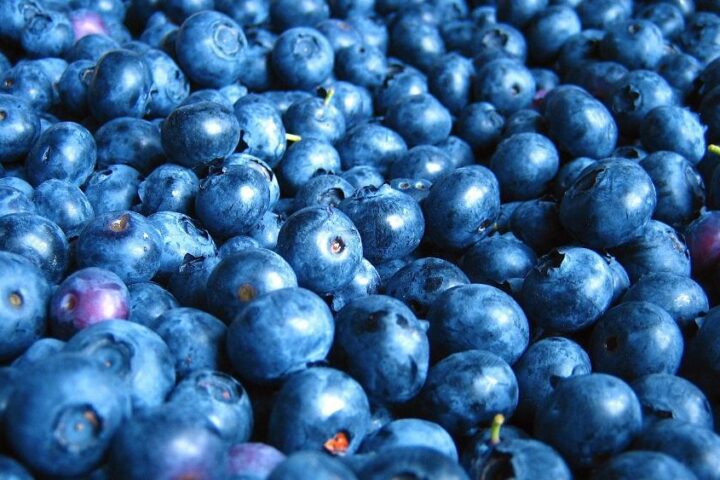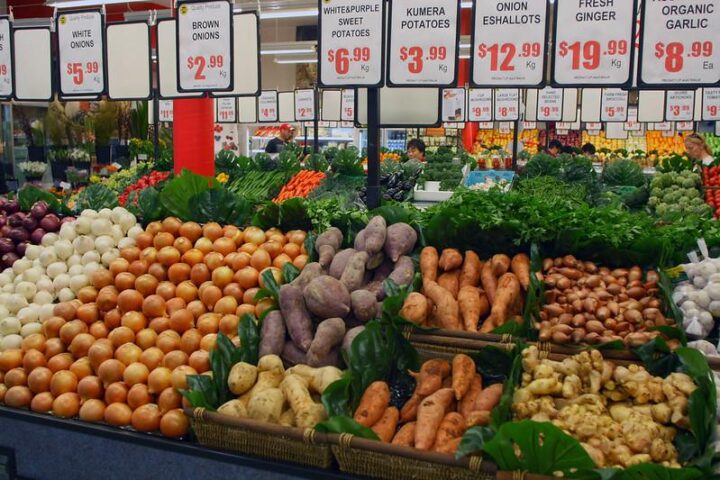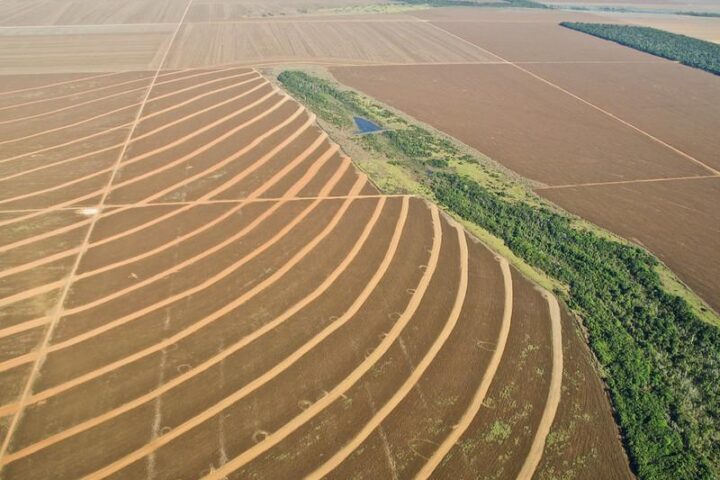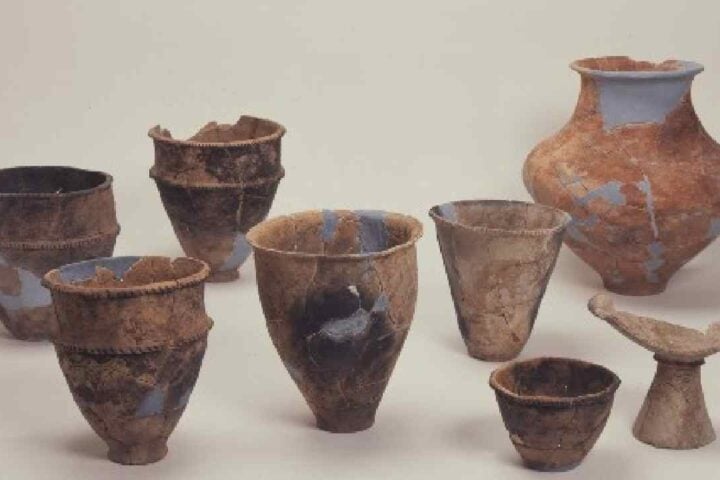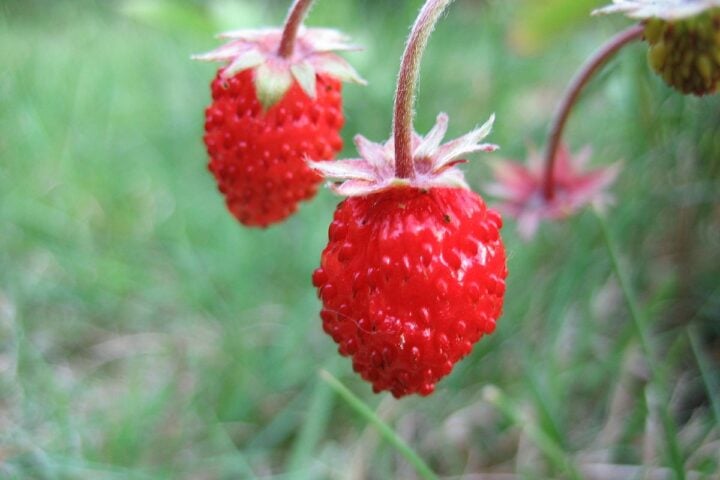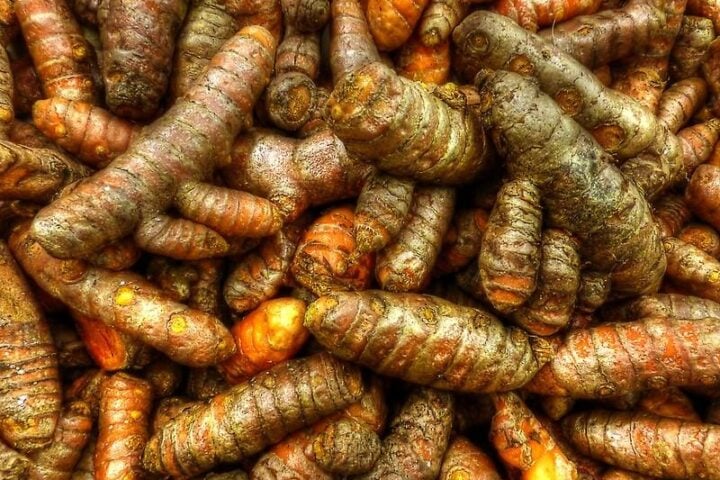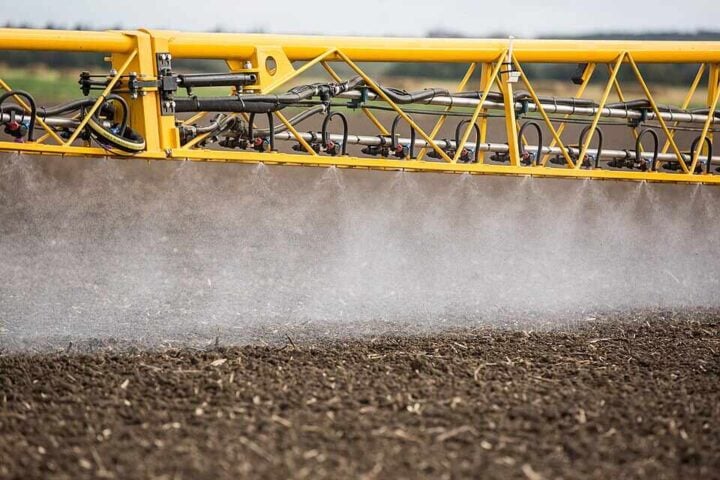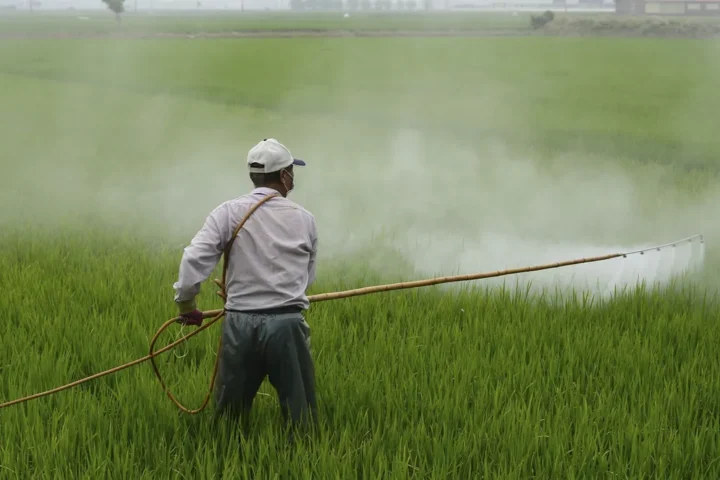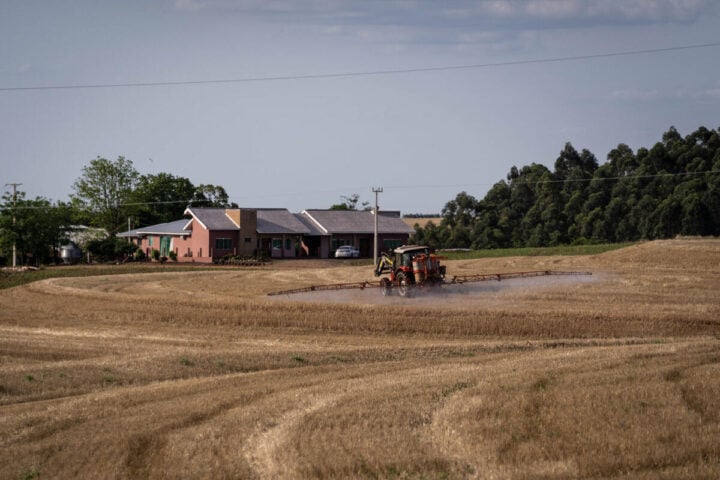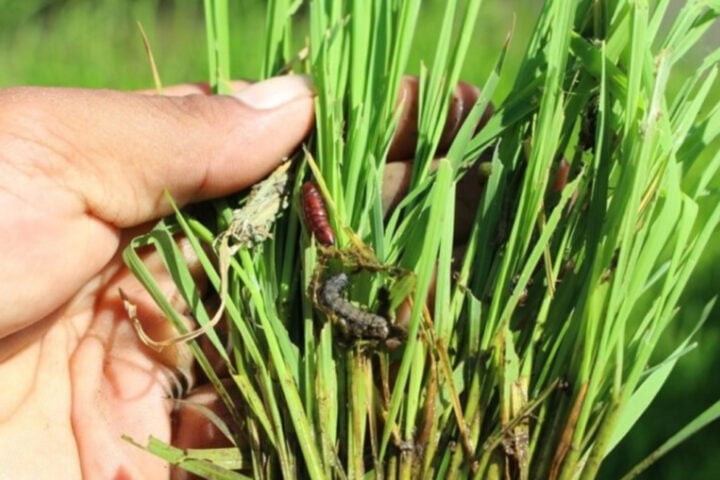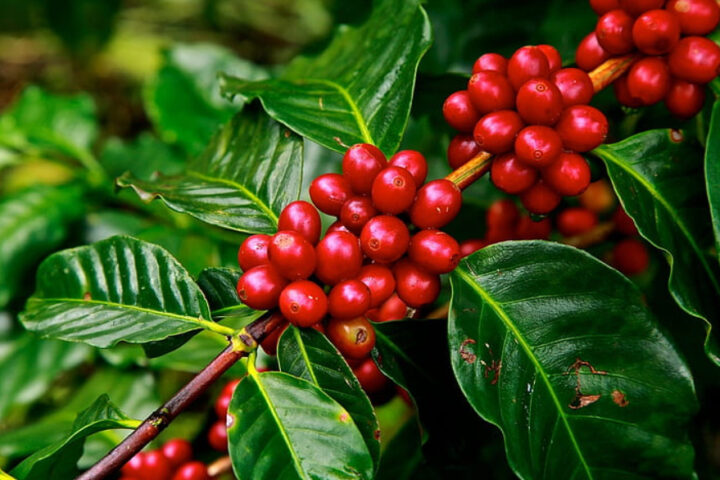More fertilizer doesn’t always mean more yield. In fact, applying too much can waste resources, damage soil, and reduce long-term productivity. Yet, many farmers still lack precise tools to know when and where fertilizer is truly needed.
Vegetation indices offer a smarter way forward. These satellite-based metrics help monitor crop growth and health across entire fields. The normalized difference vegetation index, the widely used one, highlights areas that are thriving and those that need attention. With easy NDVI download options, farmers can adjust fertilizer use based on real plant conditions and avoid unnecessary input.
Why Fertilizers Matter For Crop Growth
Fertilizers keep soils productive by adding back nutrients that crops remove at harvest. Without them, natural processes alone can’t maintain the nutrient levels needed to grow healthy, high-yield crops in industrial agriculture. The most important nutrients — nitrogen, phosphorus, and potassium — support different plant development processes.
Current soil nutrient challenges vary significantly by region. Recent research published in Nature Food shows that globally, about 20% of agricultural soils face severe potassium deficiency. Particular regions experience more critical shortages, including 44% of agricultural soils in South-East Asia, 39% in Latin America, 30% in Sub-Saharan Africa, and 20% in East Asia. For phosphorus, studies indicate that more than 40% of cultivated soils show deficiency (though exact percentages can vary depending on how deficiency is defined and measured), while nitrogen deficiency patterns vary considerably by farming system and region.
Synthetic fertilizers offer quick results and have helped meet global food needs for decades. However, they also have downsides like high production emissions and the risk of overuse. Organic fertilizing options, such as manure or compost, are more sustainable but slower to act.
With more people to feed, farmers are applying more fertilizers than ever, but often without knowing exactly how much is needed. This leads to wasted inputs, higher costs, and environmental harm. To fix this, many agriculturalists now monitor vegetation indices, satellite-based indicators, allowing them to fine-tune fertilizer use based on the actual situation in the field.
Using Vegetation Indices For Fertilizer Management
You apply fertilizer across thousands of acres. Some parts respond well; others show weak growth or yellowing leaves. But without checking every zone, how do you know what’s working and what isn’t?
Vegetation indices help track nutrient uptake by analyzing how crop canopies reflect different types of light. When crops absorb nutrients well, they grow dense and healthy, and bounce back more near-infrared light. When they’re diseased or underfed, the pattern changes. These shifts appear clearly in vegetation index maps and guide fine-tuning of the fertilizer strategy during the season.
Indices commonly monitored for this purpose and ready for use in precision agriculture platforms like EOSDA Crop Monitoring are:
- NDVI (Normalized Difference Vegetation Index): The most widely used metric in crop monitoring. It gives a quick, field-scale view of plant health and growth trends.
- MSAVI (Modified Soil Adjusted Vegetation Index): Adjusts for bare soil and improves accuracy early in the season.
- NDRE (Normalized Difference Red Edge): Tracks chlorophyll levels, helping detect nitrogen stress before symptoms appear.
- EVI (Enhanced Vegetation Index): Useful for dense crops or high humidity, where the NDVI formula might be less precise.
By tracking these indices, growers can check whether previous fertilizer applications delivered results and whether any areas need follow-up. Research continues to advance these monitoring technologies for agricultural applications.
Using NDVI To Guide Fertilizer Decisions
Normalized difference vegetation index is a valuable tool for guiding nitrogen application decisions. At mid-season, when crops are actively growing, NDVI values between 0.5 and 0.85 typically indicate healthy growth for most cereal crops, though optimal ranges vary by crop type (leafy vegetables may reach above 0.9, while other crops may peak at 0.8).
However, NDVI-based fertilizer application strategies must be tailored to specific conditions. Research shows that the most effective approach varies significantly based on crop type, soil conditions, and regional factors. Some studies suggest that areas with higher NDVI values should receive reduced nitrogen doses, as they indicate plants have already absorbed significant nitrogen and will show a lower response to additional fertilizer. Conversely, other research indicates that applying higher nitrogen rates to high-vegetation zones can be more effective in certain conditions.
Key principles for NDVI-guided fertilization:
- Always verify in the field: Low NDVI readings could indicate issues beyond nutrient deficiency, such as pests, poor drainage, or soil compaction
- Consider crop growth stage: NDVI relationships with nitrogen needs change throughout the growing season
- Account for local conditions: Soil type, climate, and farming system all influence optimal strategies
- Use multiple data sources: Combining NDVI with other agronomic data improves decision-making accuracy
Research suggests that management unit sizes of 36m × 36m or 20m × 40m are appropriate for variable-rate crop management operations in row crops like corn, wheat, and cotton, allowing for precise application while maintaining operational efficiency. Different crops and farming systems may require adjusted zoning approaches.
Keep in mind, NDVI imagery is most useful when tracked over time, not just a one-time snapshot. The index only shows the current vegetation status, not the reason behind it. Always double-check abnormal readings in the field.
What’s Next For Vegetation Indices In Fertilizer Management
Vegetation indices, especially NDVI, are already widely used to monitor crop health, but their role in fertilizer management is growing fast. What used to be a tool for post-season analysis is now moving toward real-time field decisions. These changes will benefit farms of various sizes, where even small improvements in input efficiency can have a significant impact.

Here are some of the most promising developments to watch:
- Real-time index access: Vegetation indices are becoming faster and easier to access, allowing for same-day decisions on fertilizer application
- AI-driven index creation: Machine learning is now being used to build crop-specific indices that are even more sensitive than NDVI
- Better sensors: UAVs and low-cost satellites now offer detailed vegetation index maps, with some high-end UAV systems achieving processing times as fast as 0.45 seconds for mapping under optimal conditions
- Hyperspectral indices: These go beyond common ones, using hundreds of spectral bands to detect early signs of nutrient deficiency
- Fusion with SAR data: Combining radar and optical data helps farmers get vegetation maps even on cloudy days
- IoT and ground sensor integration: Blending satellite-based NDVI calculations with soil and moisture sensors gives a more complete picture of fertilizer needs
This future isn’t far off. Many tools are already available and becoming easier to use, helping growers apply fertilizer more wisely and boost returns without straining the environment. As agricultural sustainability becomes increasingly important, these precision farming technologies offer hope for feeding growing populations while protecting natural resources.
The integration of advanced monitoring systems with traditional farming practices represents a significant shift toward more sustainable and efficient agricultural methods. By leveraging satellite technology, farmers can make informed decisions that optimize crop yields while minimizing environmental impact through reduced fertilizer waste and targeted application strategies.
